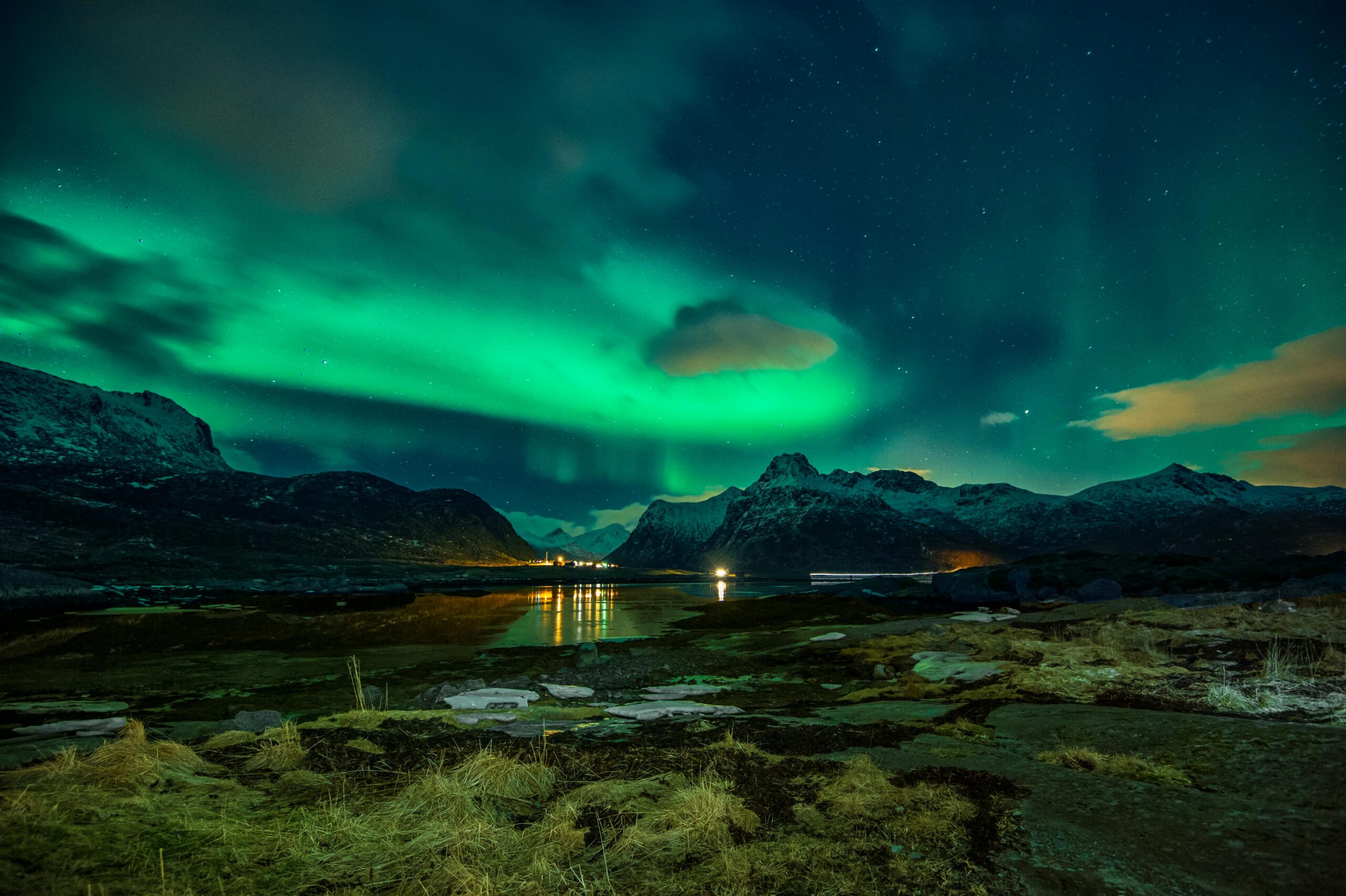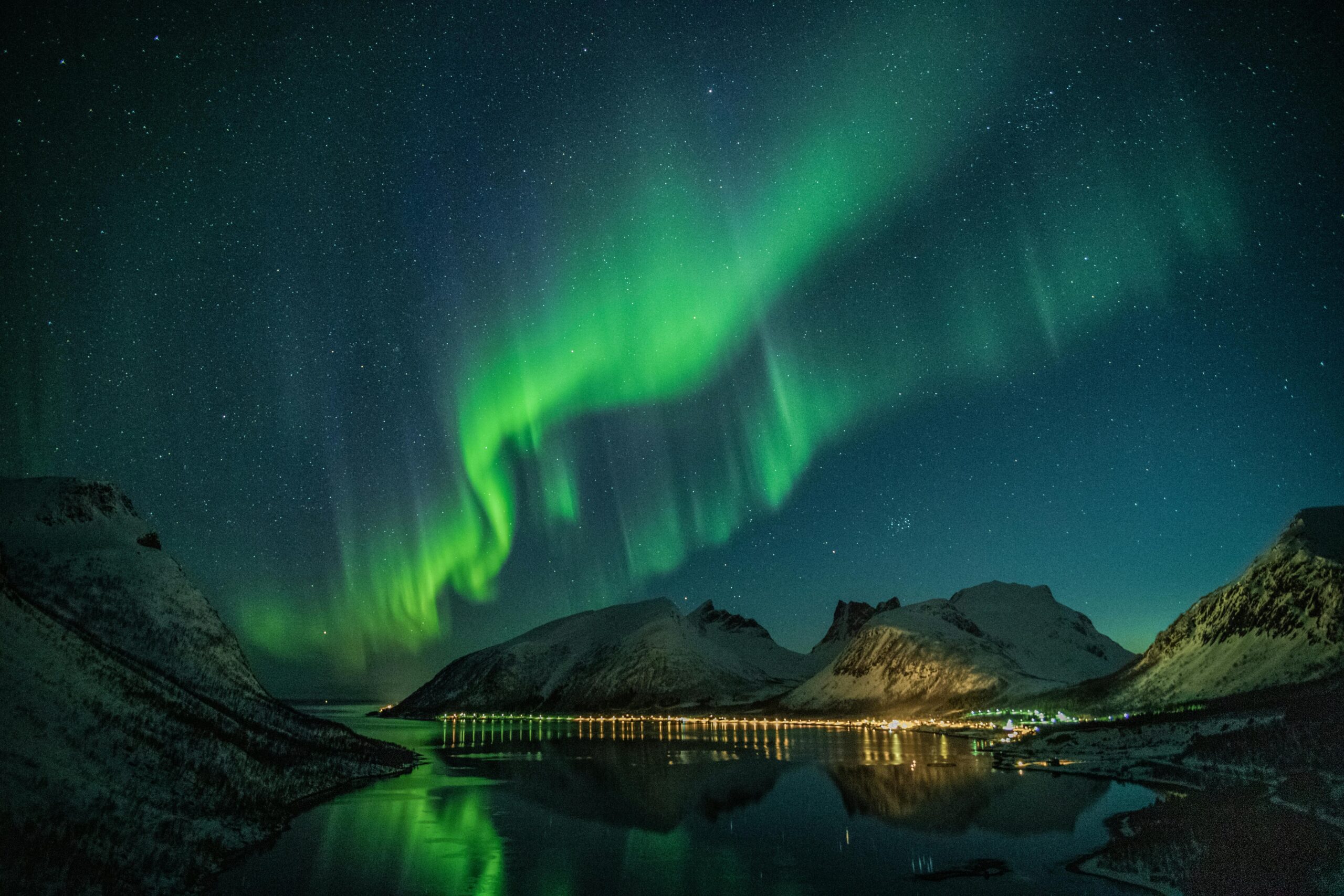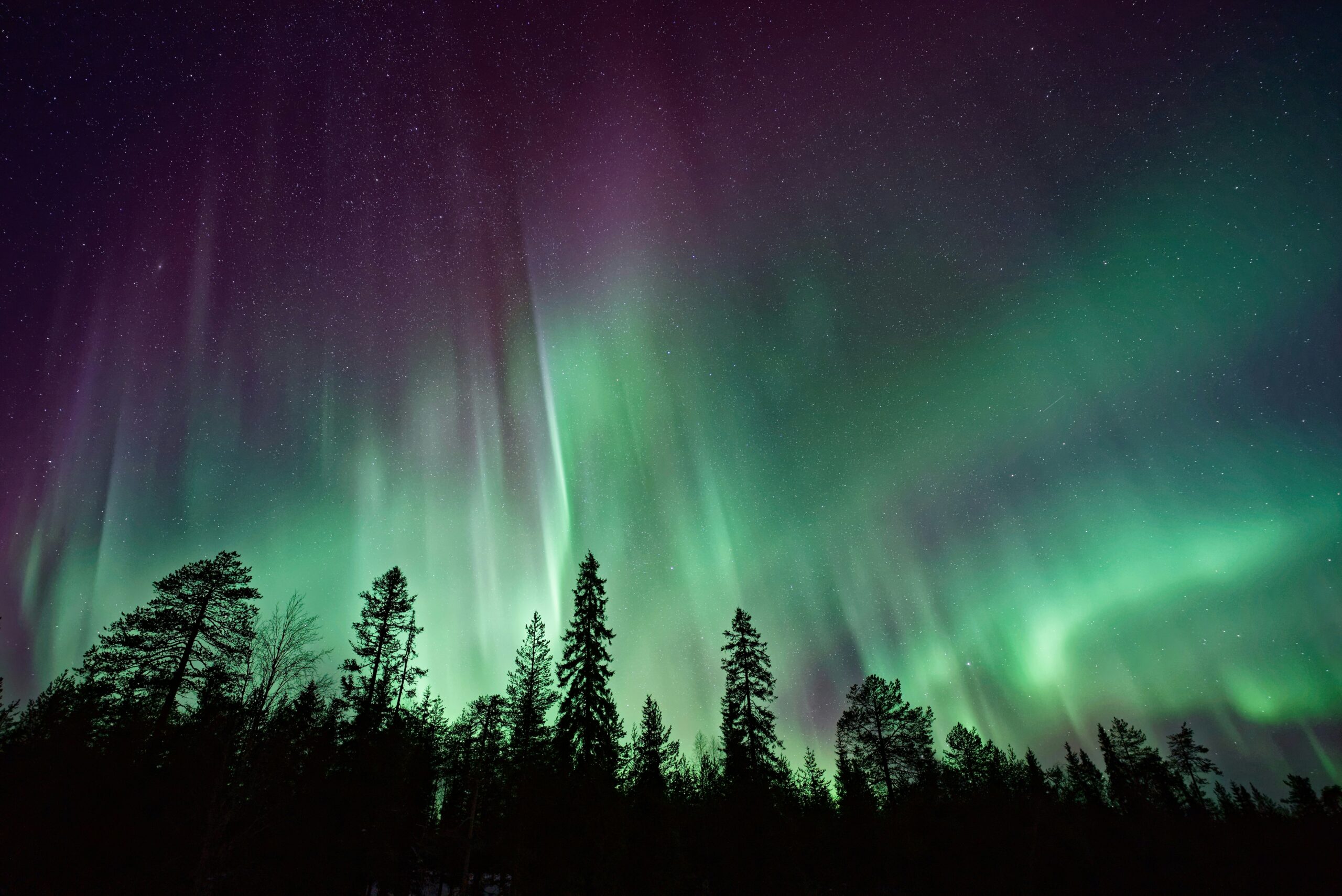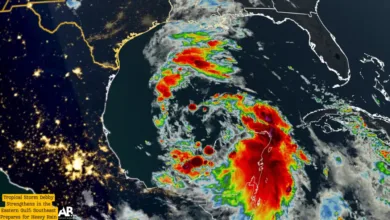Northern Lights and Perseid Meteor Shower Unite for a Spectacular Sky Show
The Northern Lights have long been one of nature’s most mesmerizing displays, captivating observers with their ethereal glow. In 2024, the magic of the Northern Lights will combine with the Perseid meteor shower, creating a truly spectacular celestial event that sky-watchers won’t want to miss. Here’s everything you need to know about how to experience this rare and breathtaking phenomenon.
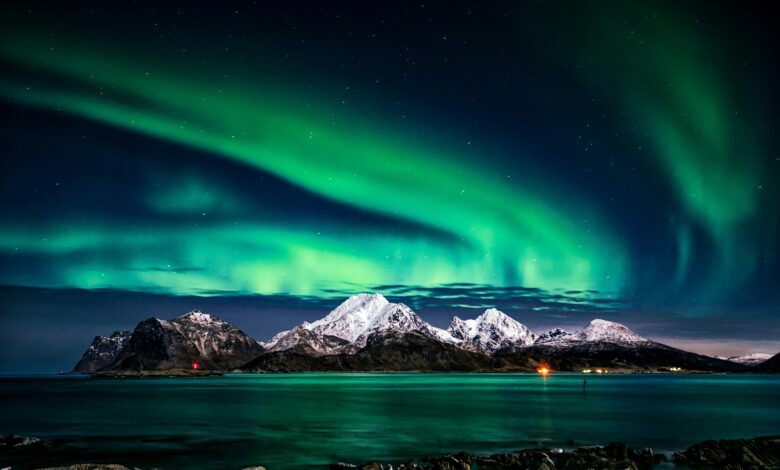
When and Where to See the Northern Lights and Perseid Meteor Shower
The Northern Lights, also known as the aurora borealis, are typically visible in high-latitude regions such as Norway, Sweden, Finland, Canada, and Alaska. The best time to view them is during the winter months, when the nights are longest and the skies are darkest. However, this year, a special treat awaits stargazers as the Northern Lights are expected to coincide with the peak of the Perseid meteor shower in August.
The Perseid meteor shower is one of the most popular meteor showers of the year, known for producing bright, fast-moving meteors that can light up the sky. The peak of the Perseids in 2024 is expected to occur on the nights of August 12th and 13th. During this time, those in northern latitudes may have the chance to witness both the meteor shower and the Northern Lights in a single night, a rare and enchanting sight.
How to Get the Best View
To maximize your chances of seeing the Northern Lights and Perseid meteor shower together, it’s important to find a location with minimal light pollution. The farther away you are from city lights, the better your view will be. Ideal viewing spots include remote areas in Scandinavia, northern Canada, and Alaska, where the skies are clear and dark.
Timing is also crucial. The best time to watch the Perseid meteor shower is typically after midnight, when the sky is darkest. The Northern Lights, on the other hand, can appear at any time during the night, so patience is key. Bring warm clothing, as temperatures in northern regions can drop significantly at night, even in August.
What Makes This Event Special
The convergence of the Northern Lights and Perseid meteor shower in 2024 is a rare event that offers a unique opportunity for stargazers and nature enthusiasts alike. The vibrant colors of the aurora, combined with the streaks of light from the meteor shower, create a truly magical experience that is not to be missed.
In addition to the visual spectacle, this event also offers a moment to reflect on the wonders of our universe. The Northern Lights are caused by solar particles interacting with the Earth’s magnetic field, while the Perseid meteors are remnants of the comet Swift-Tuttle. Together, they remind us of the incredible forces at play in our solar system and beyond.
Capturing the Moment
For those looking to capture the beauty of the Northern Lights and Perseid meteor shower on camera, preparation is key. A DSLR or mirrorless camera with manual settings will allow you to adjust the exposure and aperture to capture the faint light of the aurora and meteors. A tripod is essential to keep your camera steady during long exposures, and a wide-angle lens will help you capture as much of the sky as possible.
Preparing for the Experience
If you’re planning to travel to witness this spectacular event, it’s important to be well-prepared. Here are some tips to ensure your trip is as smooth and enjoyable as possible:
- Check the Weather Forecast: The weather plays a crucial role in your ability to view the Northern Lights and Perseid meteor shower. Clear skies are essential, so be sure to monitor the weather forecast in your chosen location. If possible, have a backup location in mind in case conditions are unfavorable.
- Book Accommodation Early: Northern regions popular for viewing the Northern Lights, such as Tromsø in Norway or Fairbanks in Alaska, can fill up quickly, especially around peak celestial events. Book your accommodation well in advance to secure a place to stay.
- Pack the Right Gear: In addition to warm clothing, consider bringing camping gear if you plan to stay outside for extended periods. A thermos with a hot drink, blankets, and portable chairs can make your viewing experience more comfortable. If you’re bringing camera equipment, don’t forget extra batteries, as cold temperatures can drain them quickly.
- Consider a Guided Tour: If you’re unfamiliar with the best viewing spots or want to learn more about the Northern Lights and meteor shower, a guided tour can be a great option. Many tour companies offer packages that include transportation, accommodation, and expert guidance, ensuring you have the best possible experience.
The Science Behind the Spectacle
For those interested in the science behind these phenomena, the Northern Lights and Perseid meteor shower each have fascinating origins.
- Northern Lights (Aurora Borealis): The aurora is created when charged particles from the sun, known as the solar wind, collide with gases in the Earth’s atmosphere. These collisions excite the gases, causing them to emit light. The different colors of the aurora are due to different gases: oxygen produces green and red lights, while nitrogen causes blue and purple hues.
- Perseid Meteor Shower: The Perseids are the result of Earth passing through the debris left behind by Comet Swift-Tuttle. As these tiny particles enter the Earth’s atmosphere, they burn up, creating bright streaks of light across the sky. The Perseids are known for their high number of meteors, with up to 100 visible per hour at their peak.
Reflecting on the Experience
Witnessing the Northern Lights and Perseid meteor shower together is more than just a visual treat; it’s an experience that connects us to the greater cosmos. Standing beneath the night sky, watching these two incredible natural events unfold, offers a moment of introspection and awe. It’s a reminder of the vastness of the universe and our place within it.

